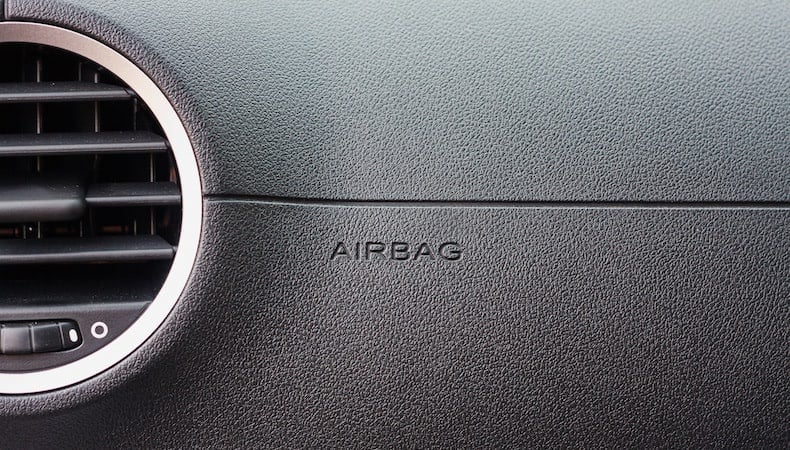Plastics / Resins

There are functional tradeoffs to be considered. For example, the coefficient of friction and resistance to wear can be affected by the surface finish; if these characteristics are important to product performance, the design team needs to select a material and process that will create a compatible finish. Experienced injection molders have a vast body of scientific data on material chemistry, behavior, and processing conditions to cross-reference for accurate determination of surface finish based on process parameters.
It is critical to determine surface finish during the design stage because it will impact the types of material, tooling, and processing decisions that can be considered. The texture on the tool steel will limit the part surface finish. Sometimes a rougher texture can be used to hide other surface imperfections, such as sink. Injection molding surface finish can also affect the draft required on the part — without appropriate draft, the surface finish could be destroyed during ejection.
Two key surface characteristics — gloss and roughness — can be impacted by the material selected, additives, and different injection molding parameters such as fill rate, pressure, and temperature. Material type is especially important — for example, higher melt temperatures for products made from reinforced crystalline resins increase gloss and reduce roughness, creating a smoother surface. If reinforced amorphous resins are being injection-molded, however, a higher mold temperature will increase gloss and reduce roughness.
Then there’s speed. Faster injection speeds, combined with higher melt or mold temperatures, will further enhance the gloss and smoothness of the surface. In fact, a faster injection speed always improves gloss and smoothness, regardless of the other production parameters that have been determined. For any reinforced composite, the fast injection speed combined with high melt and tool temperatures will always provide the glossiest and smoothest part (although a slow injection speed, combined with cooler tool and melt temperatures, may meet other product specifications, they will typically result in a poor surface texture). Quick filling of the tool cavity can help minimize fiber orientation, making the weld line less visible and boosting the aesthetic quality of the product.
These are just some of the methods for controlling surface finish during the injection molding process. Be sure to consult with your injection molder in the earliest design stages to fully determine surface finish needs and other project parameters as detailed in Critical-Use Plastic Parts: Key Design and Injection Molding Considerations. Click the button below to access your copy of this valuable guide now!